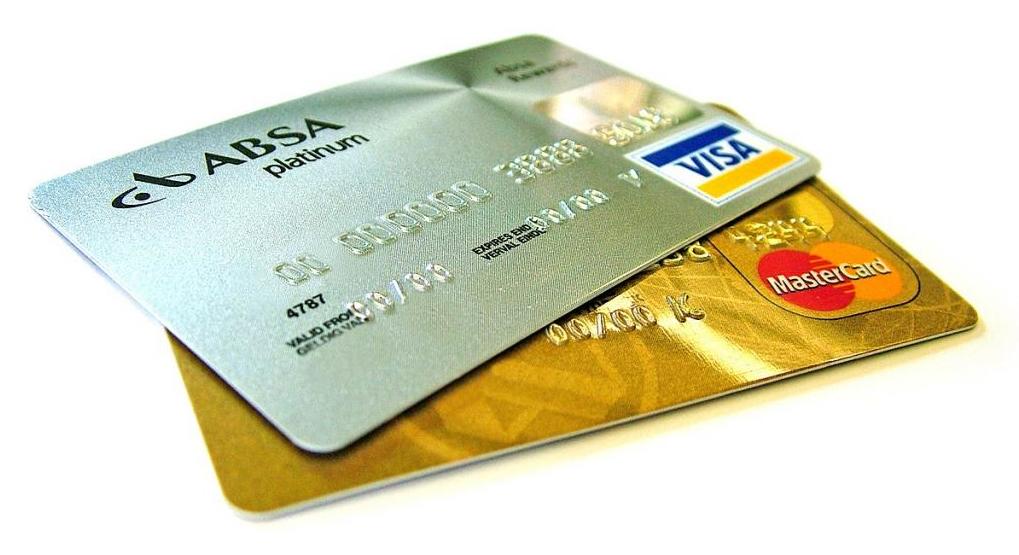There are embossed or non-embossed payment cards. Many customers of financial institutions do not even know that there is such a banking product. Despite this, at present, almost everyone has at least one, and sometimes several cards. "Visa", "Mastercard", "Maestro" - these names are familiar to many. In recent years, electronic methods of storing money and making payments have become incredibly popular. With the help of cards you can pay at almost any outlet.
People are great at using cards, despite not knowing specific terms. However, they are well known to employees of financial institutions. As a rule, for users, plastic cards differ from one another only in design and terms of use. However, embossed and non-embossed cards determine the reliability of the account holder and payment technology. Consider all the features of these banking products.
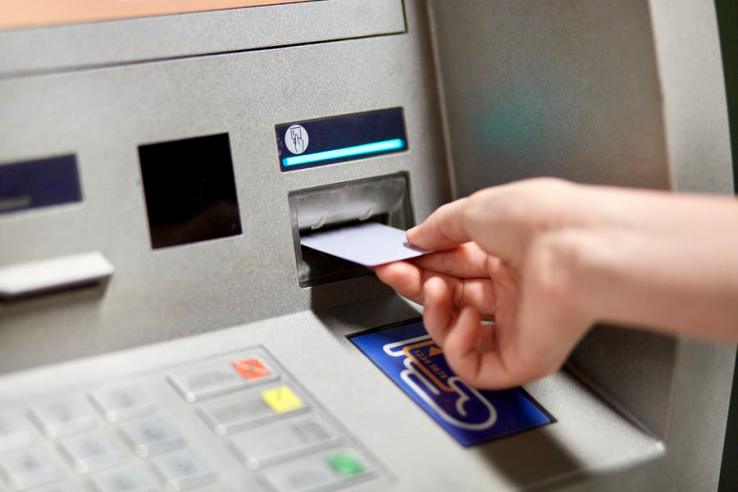
Differences between an embossed card and an unembossed one
To understand the important differences between these products, you should familiarize yourself with the history of credit cards. Embossing is an extrusion of data on the front of the card, which looks like a bulge. This option of plastic designation allows you to personalize, determine, attach the card to a specific individual, which helps to simplify and speed up the payment process when shopping.
If you carefully examine its front side, you can find that they are squeezing the following information on it:
- Bank card numbering.
- Name and surname of the client on whom the account is opened.
- Card life. It is indicated to what date it is valid. If a bank customer has a need to use the card for a long time, it should be reissued at certain intervals. Such re-registration takes an average of 2-7 days. Everything will depend on the degree of workload of the branch of the banking organization and its policies.
- The name of the company, if the card is a salary. It should be noted that these banking products are not recommended for mutual settlements with legal entities and individuals. For these purposes, it is better to open a separate bank account. The name of the organization, embossed on the map, is quite rare.
There is another type of banking product design. An unembossed card is essentially the same plastic, but there are no bulges on it. That is, the information on the card displays the same, but without extrusion.
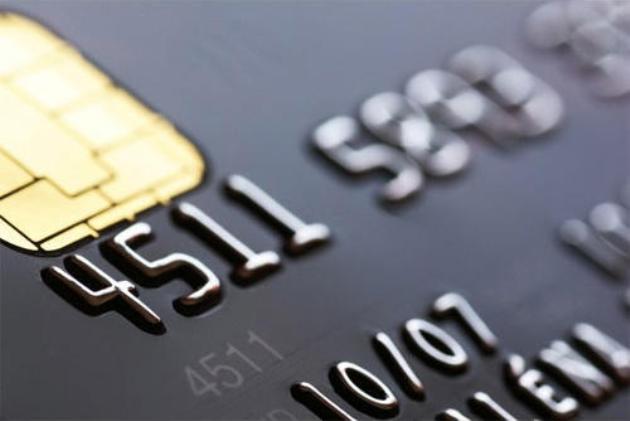
Privilege
If we compare different types of plastic, it can be noted that embossed bank cards are considered more secure and functional. They are classic, gold, platinum. In the framework of salary projects, such a bank product is rarely embossed, as it is not very financially beneficial.
Both types of plastic can belong to different payment systems. This may be a card "Visa", "Marstercard", "Maestro" and others.
Embossing technology is used not only for bank cards, but also for other products. It requires certain monetary costs, but convex information is much easier to read by various devices.
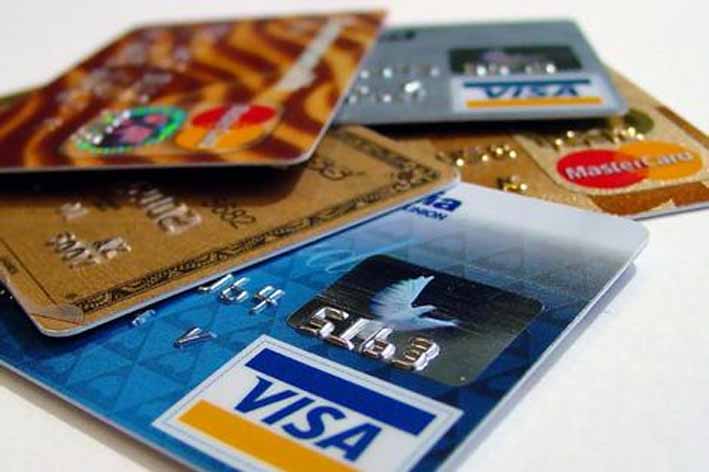
Key Benefits Embossed
Despite the fact that this process is quite expensive, it justifies itself. The benefits of an embossed card are as follows:
- Stylish, improved appearance of a banking product.
- To read information from the card, the use of special equipment is not required. It will be sufficient to determine the print using an imprinter.
- An embossed card testifies to its individuality for a particular client.
- Convex characters provide additional protection. Forging such a plastic is much more difficult. The security indicators of such cards are developed by high-class designers and engineers using modern technology.
disadvantages
Embossed cards have certain disadvantages. These include:
- Their production is difficult to put on stream.
- The operation is quite expensive.
- Production takes a lot of time.
The development of embossed devices
The initial appearance of cards with convex symbols was based on paper material. Information processing was carried out manually, since there were no equipment and tools for automatic reading yet.

Soon financial transactions became so widespread that trading checks (slips) did not have time to fill out manually. In addition, employees often made blots and corrections when issuing invoices and other documents, which was unacceptable. Therefore, programmers and developers thought about creating devices that can do everything automatically, without accompaniment and human assistance.
In 1928, the first cards made of metal appeared. They displayed the address of their owner. To possess such a banking product could only regular, reliable, large customers, repeatedly proved their solvency.
At the beginning of 1945, the first imprinters were developed that made it possible to identify the cardholder when making transactions related to the sale and purchase of goods. Since the metal base was difficult to use, it was soon decided to replace this material with plastic. It compares favorably with high wear resistance and light weight.

What is the embossing procedure
How do extruded numbers appear on a plastic card? Embossed media go through many different stages, but in general, the procedure is a series of actions performed in a certain sequence (approximately, like in a printing house):
- The embosser drum, on which the numbers are printed, moves and provides imprinting and extrusion of the necessary information about the bank's client in a large format. The functions of the drum are regulated by a built-in miniature computer. Printing speed sometimes reaches two hundred cards per hour.
- Then comes the typing step. It requires processing the carrier with foil or using a special staining method. Colorful and bright engraving looks intelligent and rich, gives the card a special gloss.
Traditionally, the engraving is painted in silver or gold. In some cases, black and white shades are used. The use of other options is rare for plastic, since such a process requires additional costs.
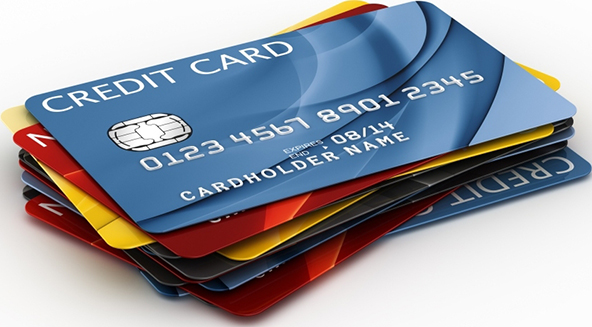
Varieties of non-embossed cards
Such products of banking organizations are of the following types:
- Named. Basic information about the owner is printed on their surface in print.
- Chipped. In order to increase the level of protection, the card is equipped with a chip, which requires any entry of a personal code, which is known only to the owner of the plastic. That is, the transaction will be physically impossible if the owner does not confirm the financial transaction.
- Instant issuance. Such products include, for example, a Universal credit card from PrivatBank.It is issued within five minutes when contacting this financial institution. In this case, it is required to provide only a passport (in case of temporary absence, a certificate proving the identity is allowed).
If we talk about embossed cards, then they are always registered and microchipped. However, they cannot be obtained instantly, since on plastic it is necessary to squeeze out the data of its owner.
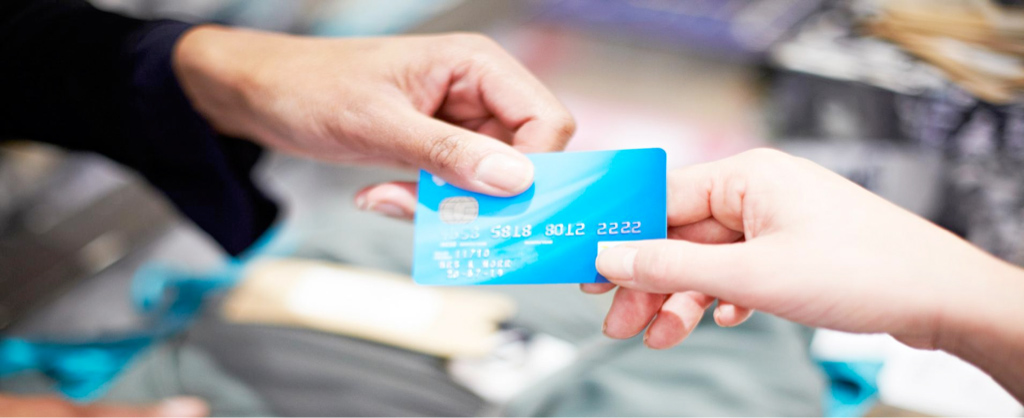
Which card to use outside the country
If the question arises of choosing the type of banking product when traveling outside the country, then an embossed card should be preferred. However, experts advise you to have several, not one. This will allow you to manage your finances even if one of them is lost.
